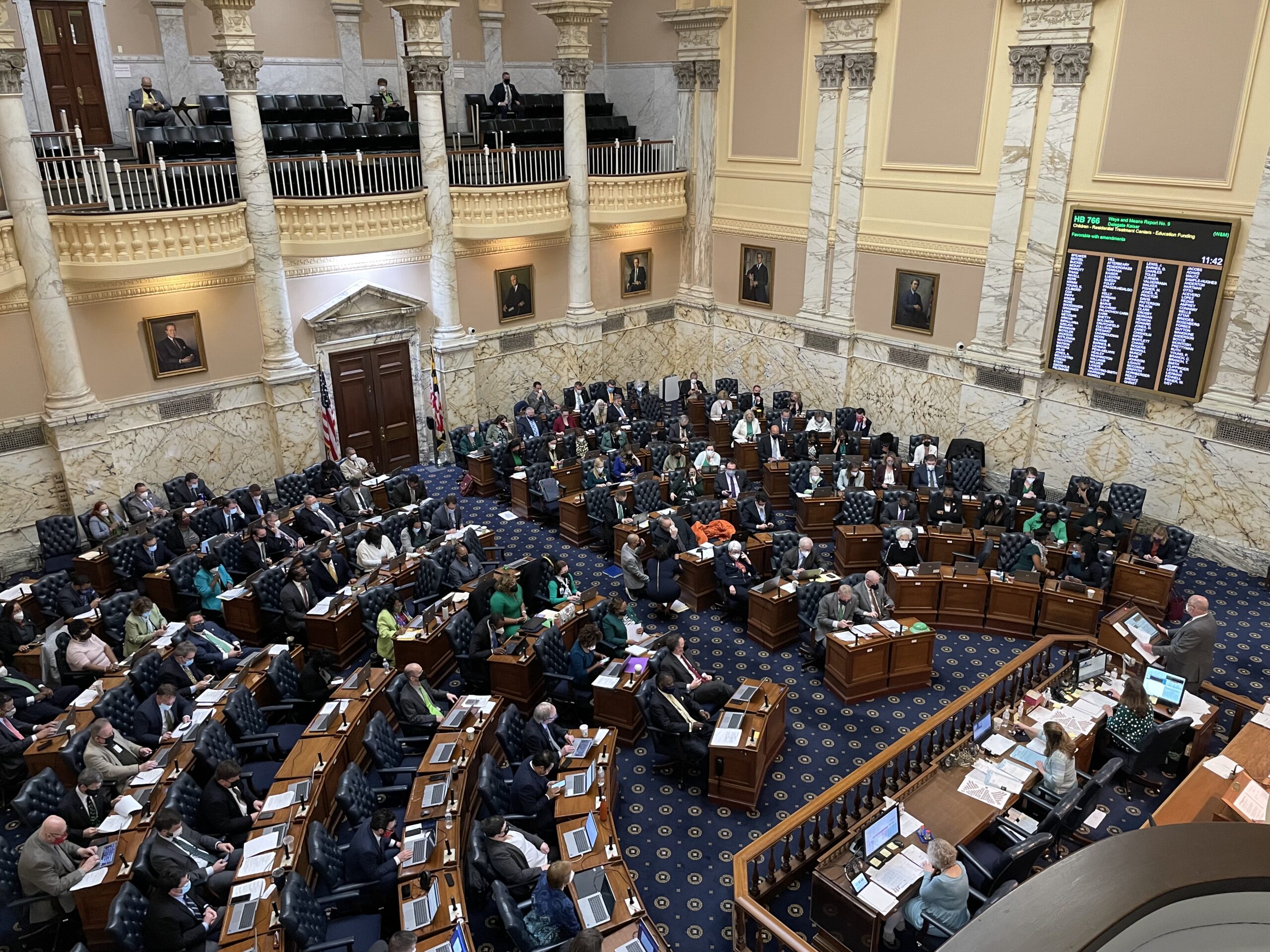The Baltimore metropolitan area had one of the highest number of days with elevated air pollution in Maryland in 2020, according to a recent report.
Baltimore, Columbia and Towson had 43 days of elevated ozone or particulate matter in the air, according to a report released Tuesday by the Environment Maryland Research and Policy Center, Maryland Public Interest Research Group (PIRG) and Frontier Group.
Particulate matter are solids or liquid droplets formed in the air by chemicals such as ammonia and nitrogen oxide. They are small enough to inhale and travel deep into the lungs, posing health risks such as asthma attacks and cardiovascular complications.
Ozone at the ground level is a harmful air pollutant, the main ingredient in smog, and is formed by nitrogen oxide and other organic compounds in sunlight. It can cause sore throats, make the lungs more susceptible to infection and increase the rate of asthma attacks.
Exposure to ozone and particulate pollution has been linked to premature death, problems with pregnancy and conception and increased risk of lung cancer, according to the report. The report also found that fossil fuel combustion is a major source of air pollution, as it is the main source for nitrogen oxide emissions.
“Even one day of breathing in polluted air has negative consequences for our health,” Emily Scarr, Director of Maryland PIRG, said in a statement. “More than a month of elevated air pollution is unacceptable and we need to do more to deliver cleaner air for our communities.”
The Philadelphia-Camden-Wilmington area, which includes Cecil County, Md., was one of the top 10 most populous places in the nation to experience more than 30 days of elevated levels of air pollution in 2020, according to a recent report. The area, which includes 6 million people, had 49 days of elevated ozone or high particulate matter in the air.
The Hagerstown-Martinsburg area, which includes Washington County and consists of 291,000 people, had 45 days of elevated air pollution in 2020. The Salisbury area with a population of 423,000 had 37 days of elevated ozone or particulate matter.
The Washington D.C., area, which includes Frederick, Rockville and Bethesda in Maryland, had 28 days of elevated air pollution last year.
Across the nation, more than 58.4 million people experienced more than a hundred days of either elevated ozone pollution, elevated particulate matter pollution or both.
To reduce dangerous levels of air pollution, the report recommends transitioning to electric cars and buses, as highway vehicles are a major source of air pollution. A bill that requires the Maryland Transit Administration to purchase exclusively zero-emission buses starting in 2023 passed during the 2021 legislative session.
“One of the top sources of air pollution is transportation,” Morgan Folger, Environment America Destination: Zero Carbon Director, said in a statement. “As our driving has picked up in 2021, you can be sure our vehicle pollution has kept pace. If we want to make a dent in these terrible numbers and save lives, we have got to wean ourselves off of burning fossil fuels to get around.”
The report also recommends electrifying buildings and replacing heating and cooling systems with heat pumps, which are more efficient than fossil-fuel powered systems.


 Creative Commons Attribution
Creative Commons Attribution